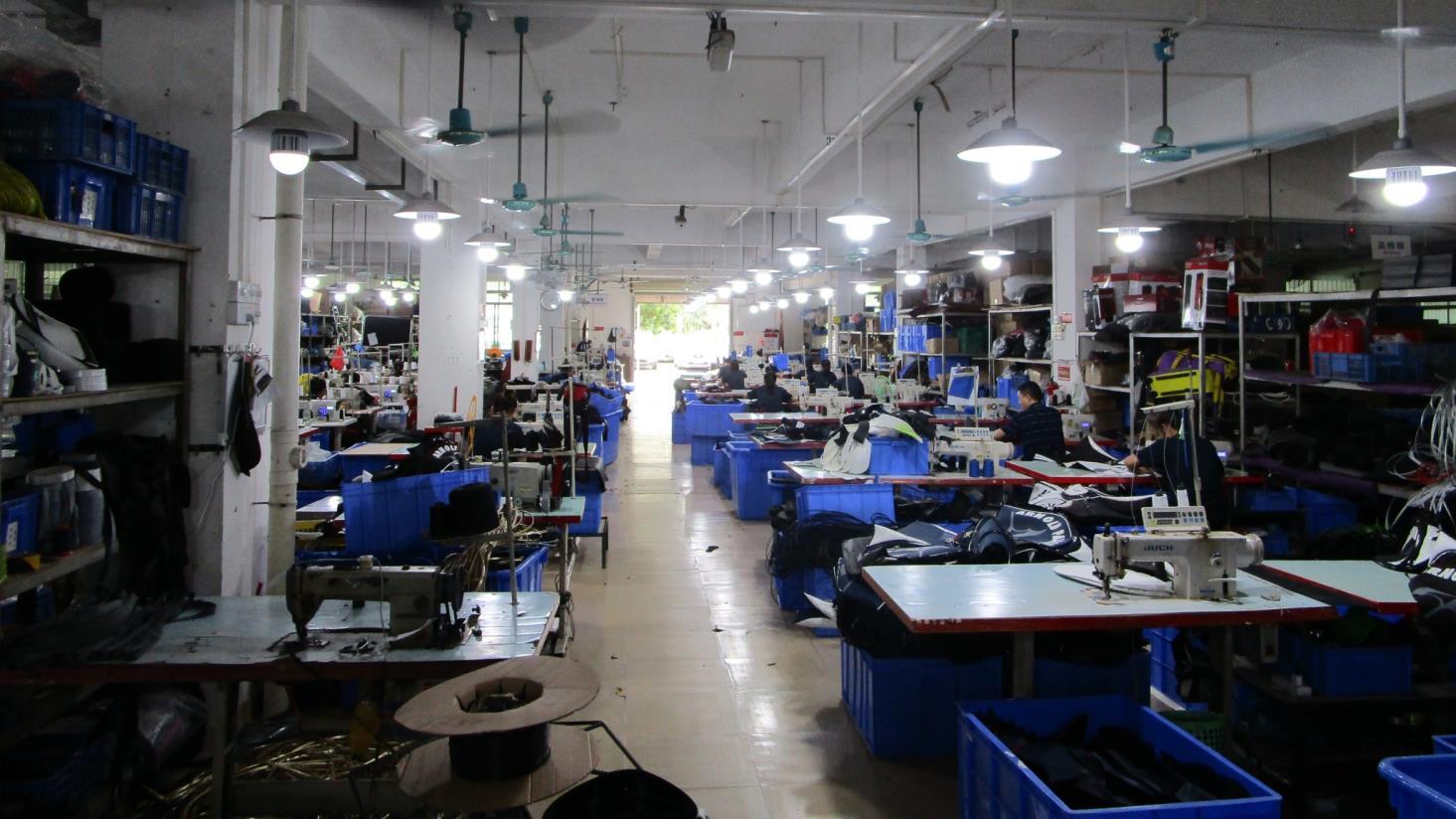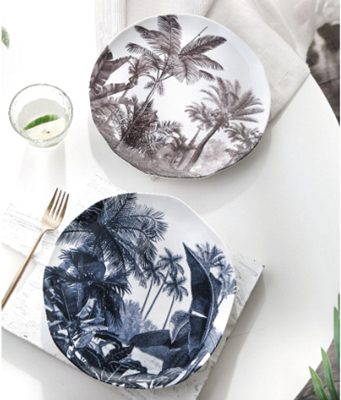
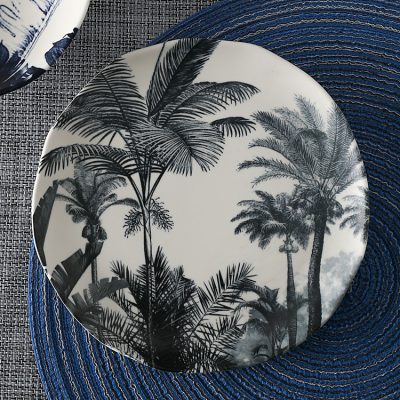
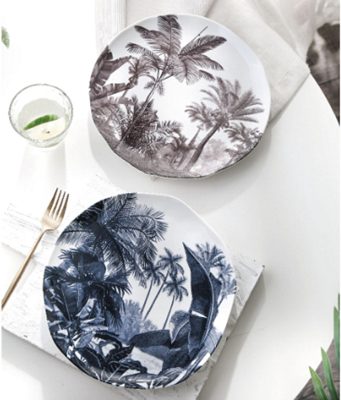
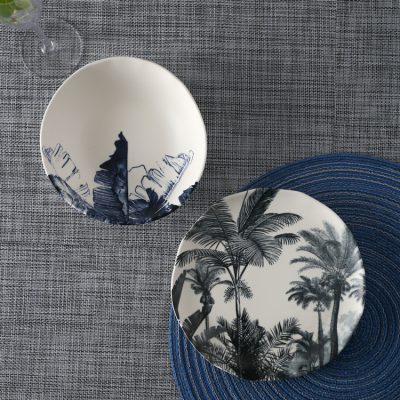
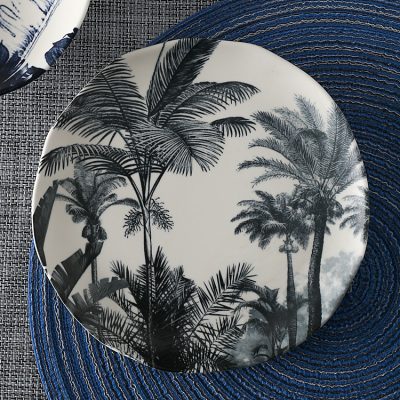
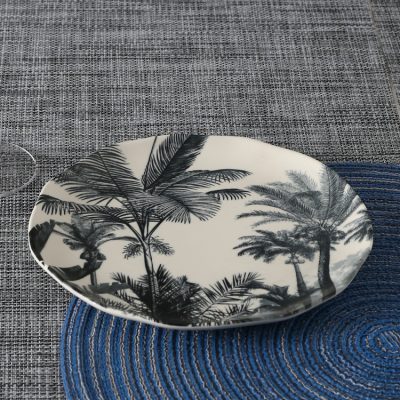
| Product Name | Ceramic Charger Plates |
| Certificate of Inspection | 84500EEC, Microwave Oven & Dishwasher Safe |
| Quality | EU Standard |
| Sample Time of Delivery | 5-10 Days |
| Packing | white/color gift box,mail or drop test packing ect. |
| Design | Provide various designs & OEM/ODM welcomed |
| Size | 14″ |
| Weight | 140g |
| MOQ | 14 PCS |
| Grade | A/AB/B Grade |
| Sample days | 7-15 days |
| Color | Glazing, electroplating color or customized according to PANTONE |
Porcelain plates are common daily utensils, and their basic shapes are open, shallow belly, flat bottom, high foot or circle foot. Ceramics is a general term for pottery and porcelain, and it is also a kind of arts and crafts in my country. As far back as the Neolithic Age, there were painted pottery and black pottery with rough and simple styles in my country. Pottery and porcelain have different textures and different properties. Pottery is made of clay with high viscosity and strong plasticity as the main raw material. It is opaque, has fine pores and weak water absorption. Porcelain is made of clay, feldspar and quartz, translucent, non-absorbent, anti-corrosion, hard and compact, and brittle. my country’s traditional ceramic arts and crafts, high quality and beautiful shape, with a high degree of artistic value, famous in the world. The transformation process of ceramic production from raw materials to finished utensils must be completed by using corresponding technology. This is the process of people producing material materials, and it is also the process of creatively developing and gradually forming traditional crafts.
Porcelain has two attributes of artistic appreciation and economical utility. Beginning in the Tang and Song dynasties, it was exported overseas together with silk fabrics, making China known as “the country of silk” and “the country of porcelain”. Wang Dayuan, a native of Jiangxi in the Yuan Dynasty, was a great traveler who had been to Zanzibar and other places in Africa. There are many places, of which sixteen are about blue and white porcelain. In particular, the extensive and far-reaching influence of Zheng He’s voyages to the West in the Ming Dynasty, and the appreciation of Taoist art by our ancestors in the past dynasties also infected the people of Europe and East Africa. The “Chinese Cultural Relics in Kenya” published in the fourth issue of “People’s Pictorial” in 1986 included the consecrated double deer pattern porcelain plate found in the Rudi ruins, and the hibiscus hand unearthed from the Guangchang Chronicle Tomb – Ming Dynasty Wanli export porcelain plate is exactly the same.


